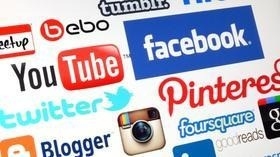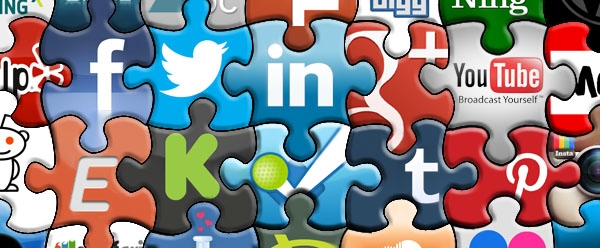Three years ago, what was Instagram and Pinterest? What value did they bring to the consumer, and were they worth the devoted attention by marketers? Some would argue that Facebook was and is currently the primary focus, and that it should be. However, has Facebook reached a point where not only the advertising has lost its effectiveness, but that, combined with Facebook’s evolution to becoming the platform to discuss social, political, and religious issues has pushed consumers to other platforms? Absolutely. There has been a major shift to Twitter and Instagram, and with that brings bigger and better marketing opportunities for businesses both big and small.
What makes Instagram so different is that the picture is what draws people in, not the written text below. Hard selling is very difficult as putting out quality, native content is a number one priority that will make more of an impact due to great visual posts. On Instagram, the consumers come to you. By effectively using hashtags, you’re drawing customers in, but the ball is in their court, not yours. They have the power to choose whether they’ll follow and consume what you sell, and they’re the ones that are engaging with you, rather than you engaging with them. Facebook has become a push platform, where Instagram is at it’s best when you’re attracting customers.
Companies are now promoting their products with the use of great content, and in-turn, are now getting inquiries about prices and services by serious consumers. On Facebook, it’s become rare to see customers engage with companies in such an open manner, unless those companies are very friendly, open, and direct through the use of their content. Small businesses ranging from selling t-shirts to car services, are seeing results through the content they share. Visualization is key. The better the picture, the more engagement.
Instagram is also a platform where it’s a must to update on a regular basis; four, five, sometimes even six pictures a day aren’t enough. But it should be noted that you have a clear strategy when it comes to the distribution of your content as certain hours of the day work better than others. To some degree, Pinterest has a lot to do with Instagram’s growth and maturity as a social media marketing platform. Pinterest is essentially the visualized version of eBay and Amazon, and through that, a great quality of content has now shifted to Instagram.
Consumers have a desire to become “friends” with companies, and build a connection through the use of content. At the rate Facebook is going, advertisements along with boring content is repelling customers, which may eventually lead to Facebook becoming valueless to businesses in terms of selling products in mass volumes. Right now Instagram is one of the hottest social media platforms out there, and it would be a mistake to not use it to your company’s advantage.
Prepare to put out great content and engage with your followers. Social media is changing, and Instagram’s current setup is the direction social media marketing is heading. Visualization will be key to selling anything, so it’s time to make the switch and focus on other platforms that aren’t named Facebook.






